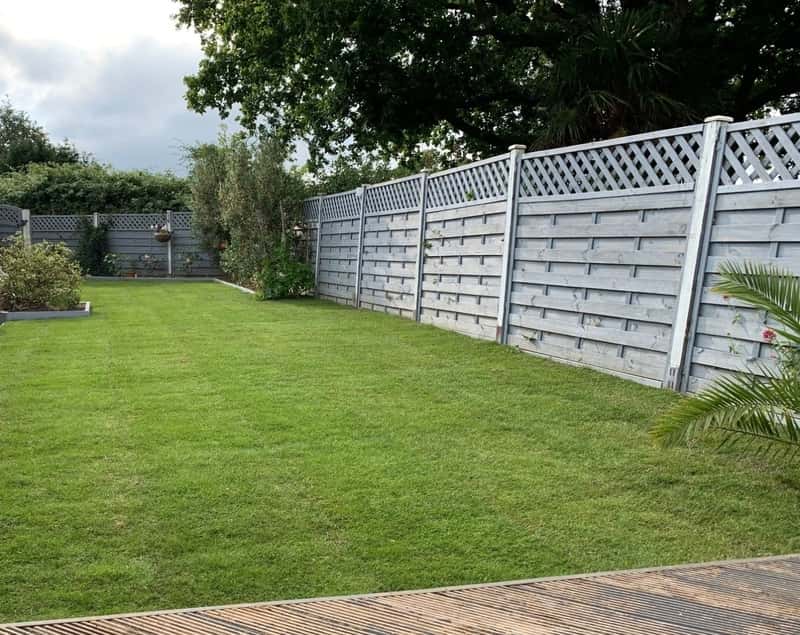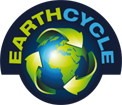
Scarifying is an important step in any lawn care plan. It allows any unnecessary materials – including thatch and other organic debris such as moss – to be removed enabling the new growing shoots of grass to be revealed.

When to scarify your lawn
Early spring and late autumn are the times of the year when it’s really sensible to include scarifying in your lawn care plan:
- Early spring – as the temperature starts to warm up and the weather improves, scarifying can be particularly effective. This really is the perfect time for the job, allowing 4-6 weeks rejuvenation of the grass shoots ready for the summer months.
- Late autumn – it’s important to prepare your lawn for the winter, clearing away any thatch and debris that may have built up towards the end of summer. Scarifying in late autumn helps to keep the lawn from choking whilst in winter hibernation.
What is thatch?
Thatch is the name given to dead and dying grass shoots which occur as a normal part of any lawn’s life cycle. Thatch builds up naturally and because of the level of polymer within its molecular make-up, it won’t decay. Any new growth ends up staying trapped below the surface of the thatch which can end up suffocating the lawn.

How to scarify your lawn – preparation is everything
Before scarifying, it’s usually best to mow the lawn short, or you could be in danger of pulling up any nice shoots. There are various scarifying tools on the market, from electric and petrol options to trusty hand tools. Don’t worry if you don’t have a machine for the job – even a simple lawn and leaf rake can be effective on a small area.
Aftercare
Once you have scarified (making sure you scrape the grass in different directions to pick up as much of the debris as possible) rake up and dispose of the waste on your compost pile.
The lawn will most likely look a bit of a mess to start with but try not to worry. Simply sprinkle the grass with lawn seed and cover it with a quality turf dressing. Our Turf Dressing Rootzone can help dress the lawn, and you should aim to use 1 metre cubed for every 100-metre square of lawn, no more than 1 centimetre thick.
You should be able to cut the lawn after around 10 days. Make sure your mower is at the highest setting, or you will risk cutting any new shoots already starting to come through.
Earth Cycle hints and tips
Be sure to take a look at our hints and tips page for more handy gardening advice. We have a blog post on the best summer flowers to plant in spring as well as a handy guide on how to grow tomatoes at home.



